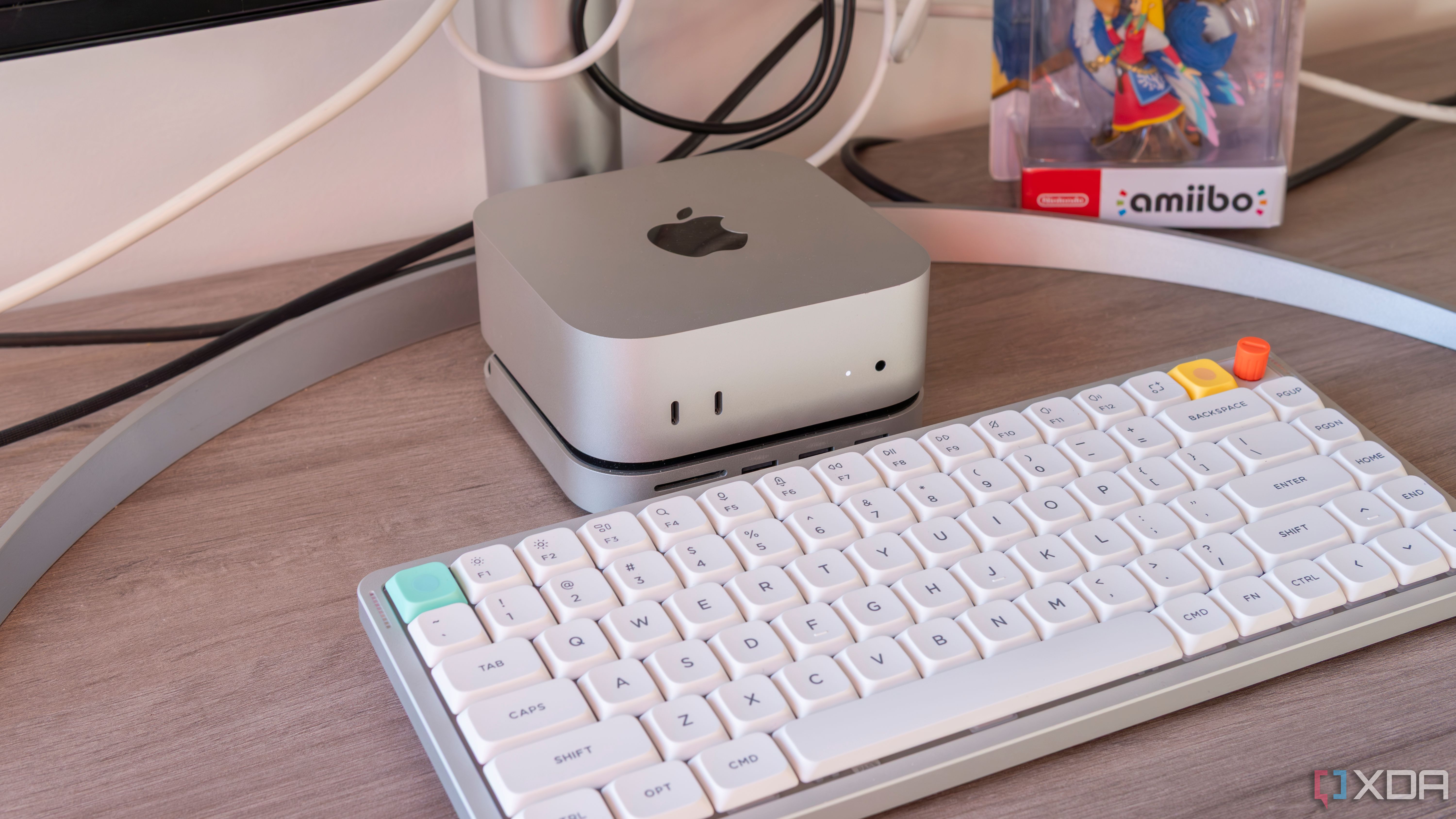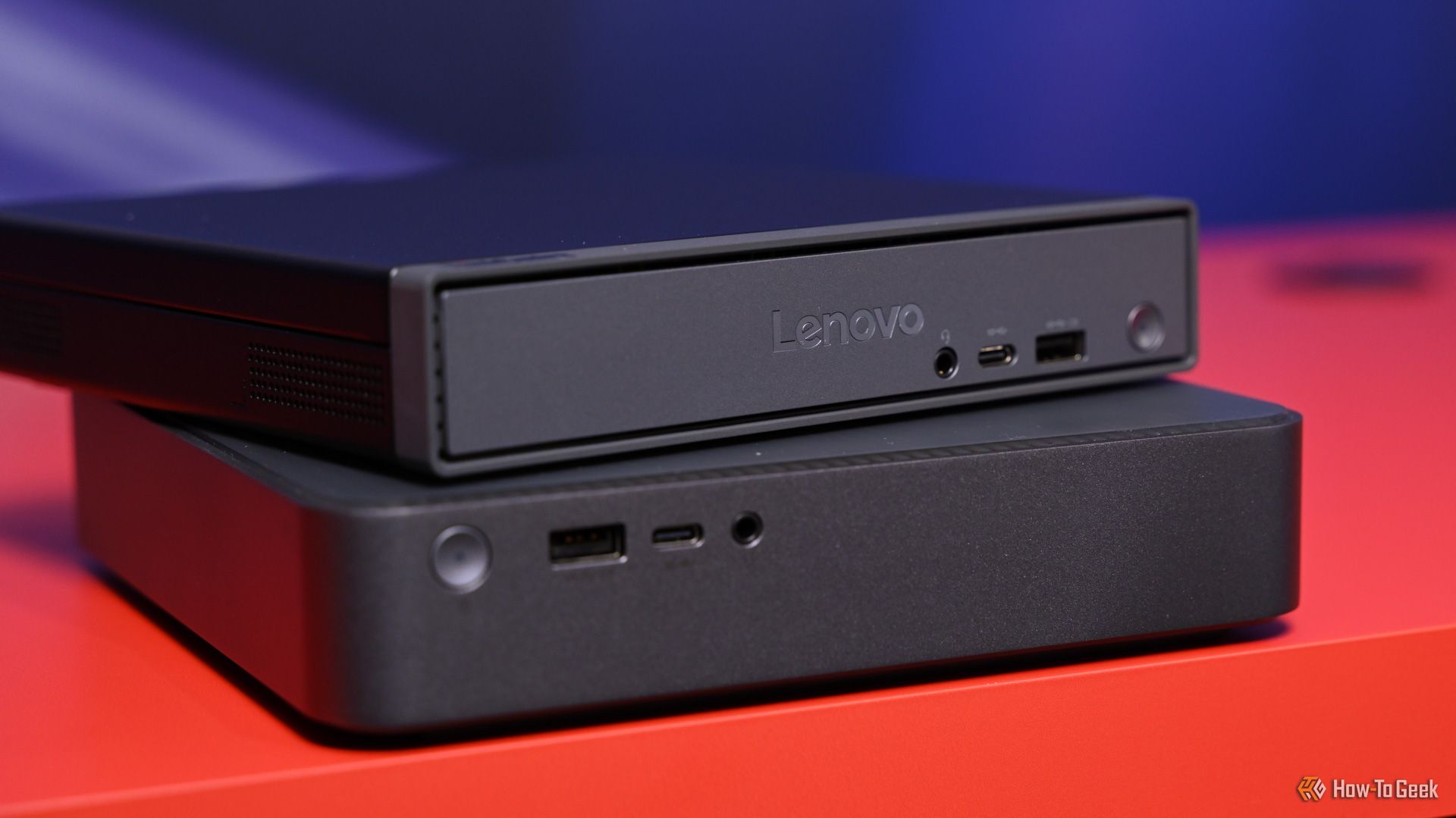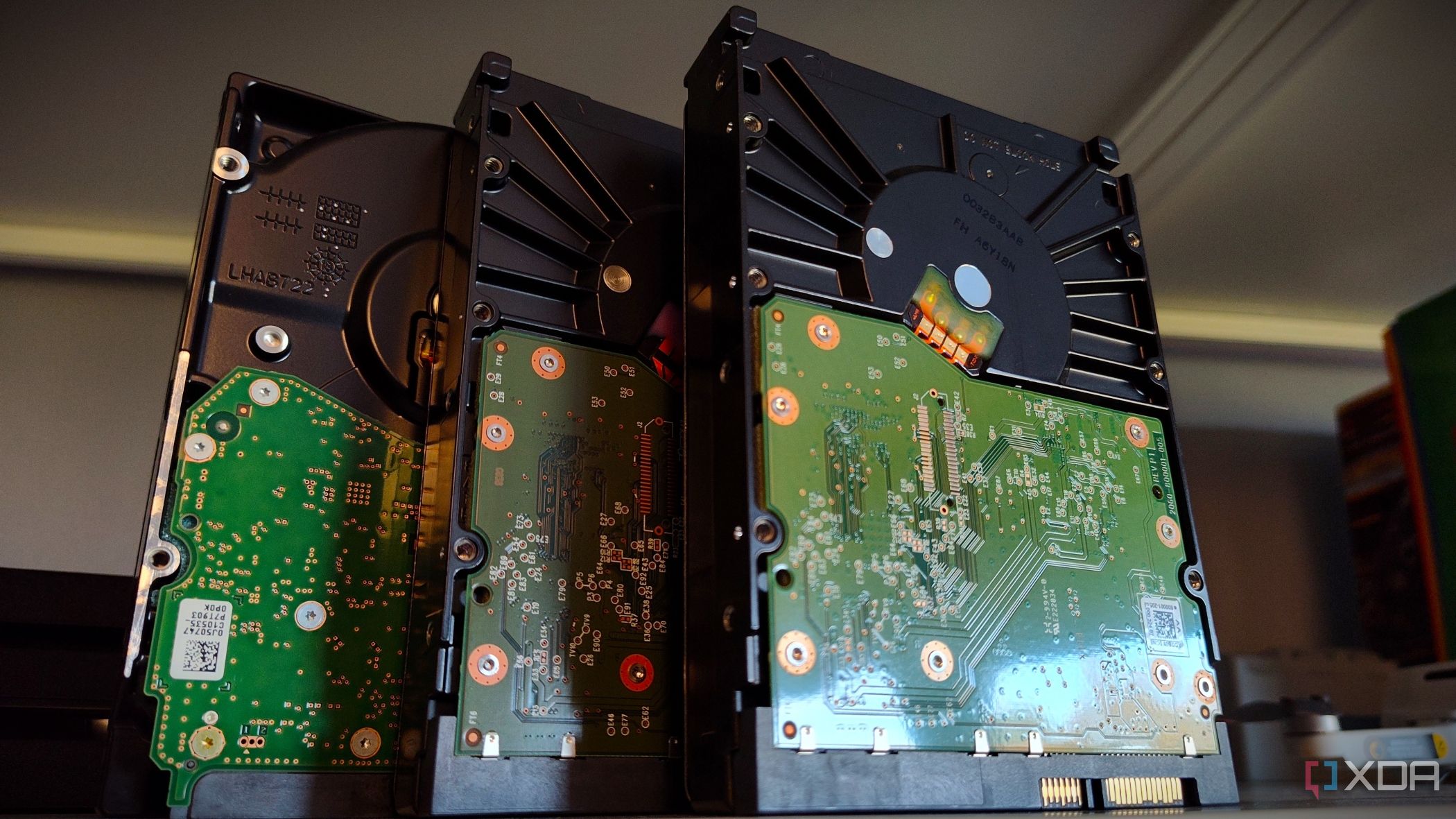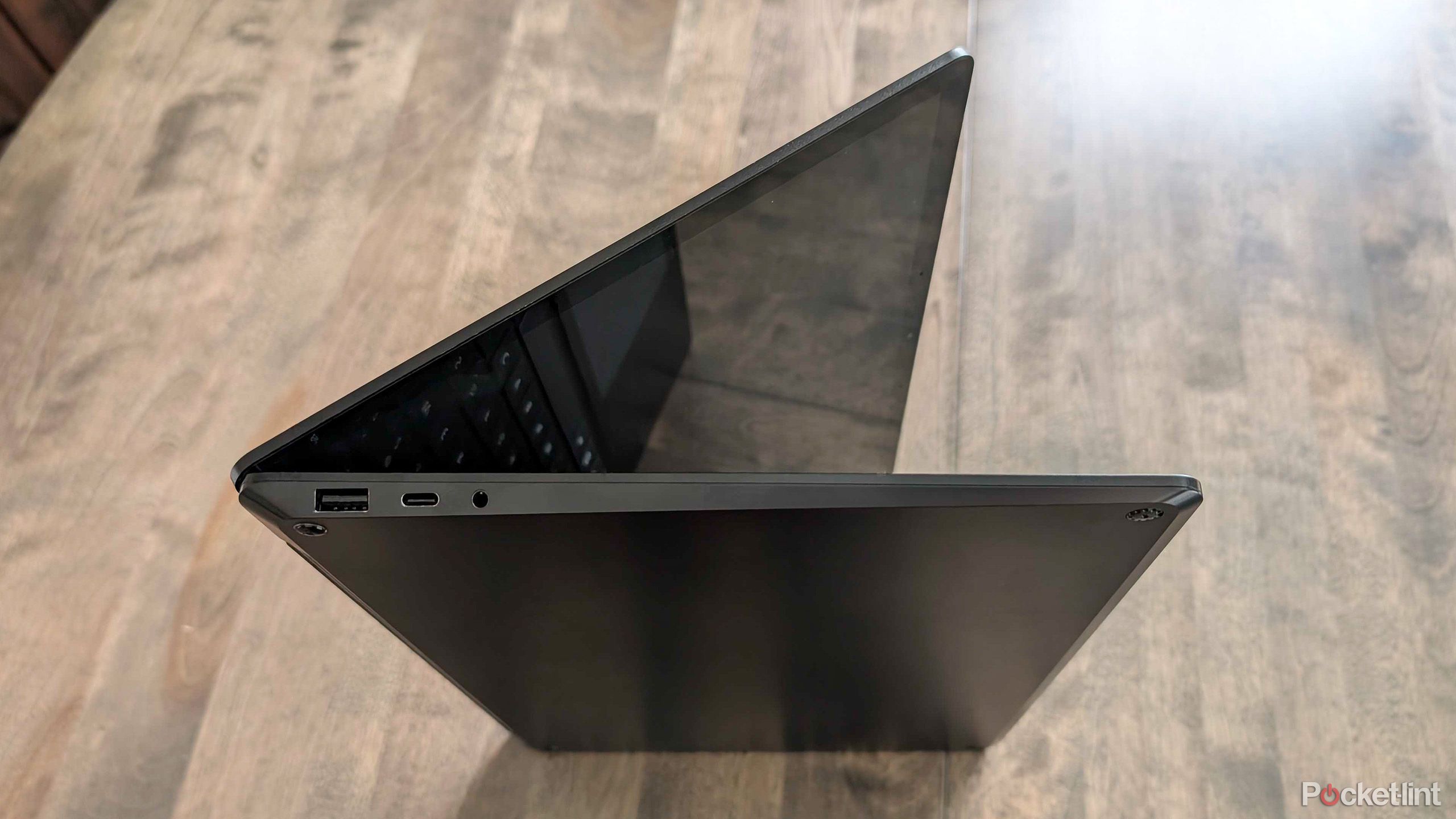Consumer Technology & Gadgets / Personal computing
Weekly Consumer Technology & Gadgets / Personal computing Insights
Stay ahead with our expertly curated weekly insights on the latest trends, developments, and news in Consumer Technology & Gadgets - Personal computing.
Recent Articles
Sort Options:

4 reasons why a mini PC is the perfect centerpiece for my work setup
A tech journalist reflects on their evolving computer setup over seven years, highlighting the transition from a basic laptop to a more advanced configuration with multiple devices and accessories, showcasing the rapid advancements in technology.

Everything you need for college: Tech gadgets to make school easier
Discover essential back-to-school gadgets for college, from innovative smart notebooks to high-quality headphones. The publication highlights must-have tech that enhances productivity and enriches the academic experience this fall.

How Smart Glasses Could Redefine Personal Computing—Again
A significant shift in computing is underway as screens connected to CPUs evolve into wearable technology. This innovative platform, known as face computing, is set to transform how users interact with digital devices.

Mini PC Week 2025: How-To Geek Goes Big on Tiny Computers
Mini PCs offer a compact and powerful solution for various computing tasks. Their versatility and portability make them an attractive option for users seeking efficient performance in a small form factor, proving that good things come in small packages.

10 useful gadgets ZDNET readers are buying the most this year (including my pocket picks)
ZDNET highlights the top gadgets of 2025 that have captured the attention of readers, showcasing innovative tools designed to enhance productivity at home and in the office. Discover the must-have devices that are transforming everyday tasks.
7 Ways Smartphones Have Changed Computers for the Better
Smartphones now rival traditional PCs in functionality, offering enhanced accessibility for users previously challenged by computers. This innovation extends beyond phones, influencing the design and capabilities of desktops and laptops, reshaping the tech landscape.

5 PC hardware and peripheral trends that are slowly dying
The evolving landscape of PCs brings new trends while bidding farewell to beloved old ones. The publication reflects on the rapid changes in technology, celebrating the nostalgia of past trends that once captivated enthusiasts.

4 things you should be doing with your PC's USB ports (that isn't syncing your phone)
The evolution of computers suggests a potential shift towards a portless future, as traditional peripherals like printers and Blu-ray drives become obsolete. The article highlights the dominance of wireless technology in modern computing.